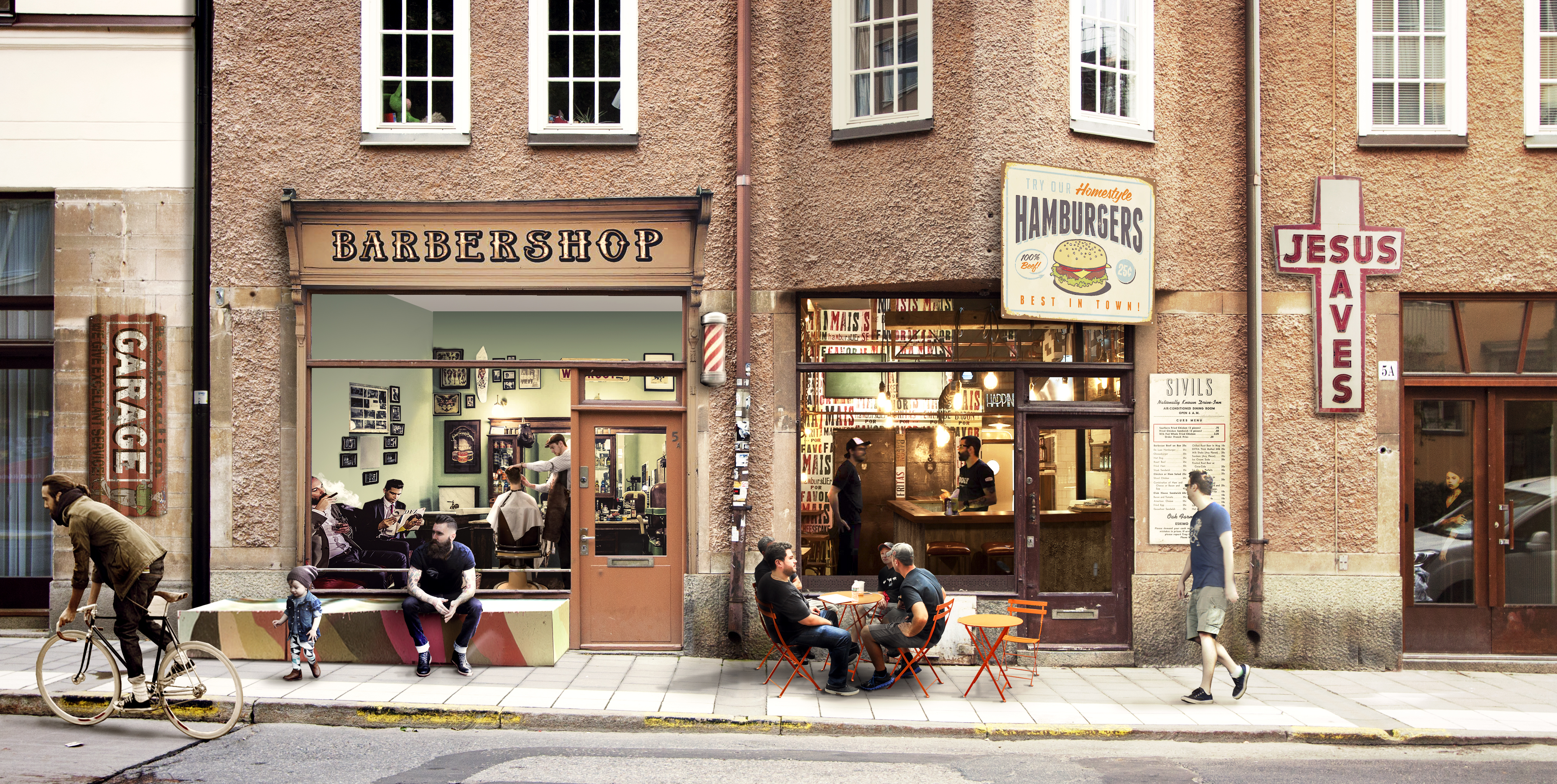In February 2020, two of the team of eight at the Bergen-based firm Mir appeared to be women, including none of the two founding partners; at Stockholm-based Walk the Room, three of a team of 18 appeared to be women, including none of the three partners; at of the Paris/Los Angeles/Milan-based Luxigon, six of the team of 26 appeared to be women, including one of the seven partners; at the Paris-based Artefactorylab, 17 of the team of 75 appeared to be women, including one of the seven partners; at the German firm bloomimages, 12 of the team of 34 appeared to be women, including none of the five partners; and at London-based The Boundary, six of the team of 22 appeared to be women, including none of the two founding partners. Whilst not an extensive survey (the attribution of gender based on names, photographs, and LinkedIn is not without problems), it makes it possible to say that European architectural visualization firms appear to be heavily male dominated.
I take this term from visualizer Henry Goss. See Ross Bryant, “The Addition of Real-World Imperfections is Taking Architectural Visualisation to the Next Level,” Dezeen, August 12, 2013, ➝; or, alternately, see the URL "www.renderbitch.com" which redirects to Goss’s current practice, The Boundary, ➝.
Hélène Frichot, Dirty Theory: Troubling Architecture (Baunach: Spurbuchverlag, 2019).
Hannes Frykholm, “Building the City from the Inside: Architecture and Urban Transformation in Los Angeles, Porto, and Las Vegas” (PhD Diss., KTH Royal Institute of Technology, forthcoming 2020), 336.
Ibid., 338.
Douglas Spencer, “Island Life,” Log 47 (Fall 2019).
Silvia Federici, Wages against Housework (Bristol: Power of Women Collective and the Falling Wall Press, 1975), 2–3.
Ibid.
Frichot, Dirty Theory.
Andreas Nordström, personal communication with the author, Oslo, February 6, 2020.
Helen Runting, Rutger Sjögrim, and Fredrik Torisson, “Pop Theory: The Architecture of Late Night Shopping,” Architecture and Culture 5, no. 3 (2017): 513–524.
Jean Baudrillard, Selected Writings, trans. Mark Poster (Cambridge: Polity, 1988).
Spencer, “Island Life,” 173.
Brady Burroughs, Beda Ring and Henri Beall, “Architectural Flirtations: A Love Storey” (PhD diss.: KTH Royal Institute of Technology, 2016).
Ibid., 92, 94.
See: Hannes Frykholm, “Smooth Montage,” in Architecture in Effect 2: After Effects, eds. Hélène Frichot with Gunnar Sandin and Bettina Schwalm (New York and Barcelona: Actar, 2018).
Katarina Bonnevier, “Behind Straight Curtains: Towards a Queer Feminist Theory of Architecture” (PhD diss.: KTH Royal Institute of Technology, 2007), 34.
Bonnevier, “Behind Straight Curtains,” 34.
Ibid., 30.
